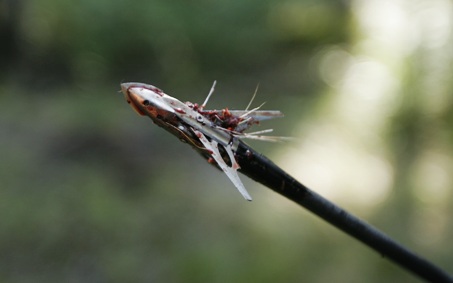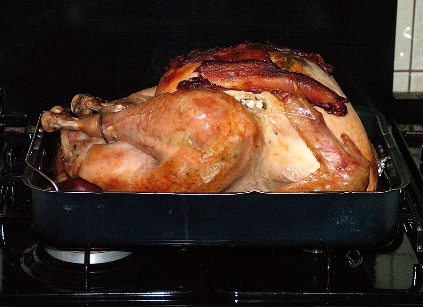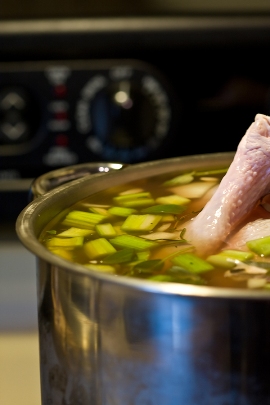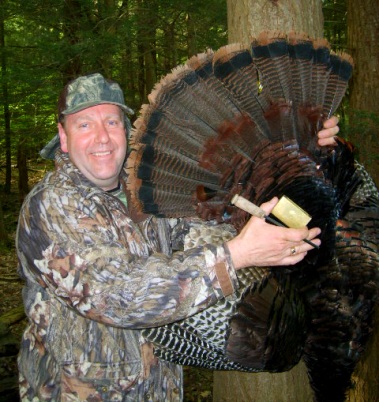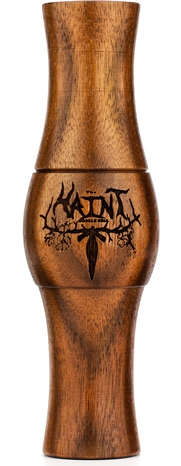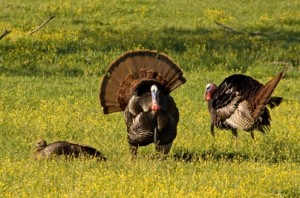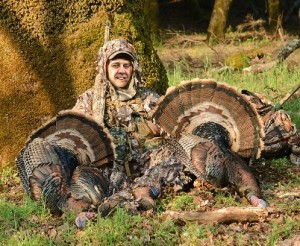By Tracy Breen
Hog hunting is a great hunt you can go
on when other hunting seasons aren’t open.
Wild hogs are a blue-collar hunt if there ever was one, and a species that should be on the bucket-list of every hunter who’s a working-man. If you need a reason, what better than they’re a fun challenge? But they’re not much of a challenge to your budget – you can kill a pickup truck bed full of hogs in a few days and still keep some of your money in the bank.
If you’re interested in hunting hogs, the first question is do you want to travel, or hunt them near home? Typically you don’t have to travel far if you want to hunt hogs. Hunting operations across the country will allow you to enter a high fence and shoot a Russian Boar. The problem with many of these operations is they are on small parcels of land so it isn’t much of a hunt and you get to kill only one hog. A great alternative is hog heaven, better known as Texas.
Texas is overrun with hogs. You can hunt them inside high fences, low fences, on public land, or knock on doors until you find a rancher that will let you hunt. Whatever method you employ, one thing is guaranteed: you’ll have a lot of fun.
The nice thing about hog hunting is you can hunt them a variety of ways. A few years ago, I hunted at the Dos Plumas Hunting Ranch (Dos Plumas is Spanish for “Two Feathers”). It is a big high-fence operation and the piggies at this Texas ranch are extremely wild. I hunted them with a bow; I shot a few over a feeder and spent an entire day stalking. Sneaking up on a herd of pigs is like trying to open a cookie jar with a bell on the lid and not get caught. It’s tough, but fun.
If you decide to hunt hogs in Texas, plan to pay a few hundred dollars per day to hunt. For that price, many places will provide room and board and one pig per day. That isn’t a bad price for an out-of-state hunt. If you enjoy bowhunting, one of the nicest things about chasing hogs is that if you miss, it isn’t like blowing a once in a lifetime opportunity. Chances are you will get another shot that day and possibly several!
Hog hunting is a great hunt you can go on when other hunting seasons aren’t open. Nothing beats practicing on live animals, and you can test a lot of new gear. Hogs are tough so if there is a new mechanical broadhead you have your eye on or a new release aid, bow or arrow you want to break in, a hog hunt is a great way to find out if it is built strong enough…
You may think hog hunting inside a high fence, or anywhere for that matter, is a piece of cake. Hogs are tough and smart and use the wind like a whitetail. So, just because you’re inside a fence doesn’t mean your hunt will be a gimme. Hogs have an extremely small vital area and are known for disappearing into the thick brush after the shot, never to be seen again. Get plenty of shooting practice before you go hunting.
If you’re looking for adventure, don’t have much money to spend, and would like a freezer full of pork loin, go on a pig hunt. You will be so glad you did that you’ll want to do it again.
Sidebar:
If you want to hunt with an outfitter, choosing one can be a daunting task. Plan your hunt a year in advance if you can. That will give you time to call several ranches and ask questions. If you don’t mind the heat, go to Texas in the summer. Many ranches offer deals in the summer because it is the slow time. Dos Plumas, where I hunted, offers summer discounts. Ready to use the sharpest knife for hunting hogs?
 About Tracy Breen: Tracy is a full-time outdoor writer and consultant in the outdoor industry. He works with a variety of television shows and outdoor brands including the MeatEater and Havalon Knives. Learn more at www.tracybreen.com.
About Tracy Breen: Tracy is a full-time outdoor writer and consultant in the outdoor industry. He works with a variety of television shows and outdoor brands including the MeatEater and Havalon Knives. Learn more at www.tracybreen.com.
3,196 total views, no views today



